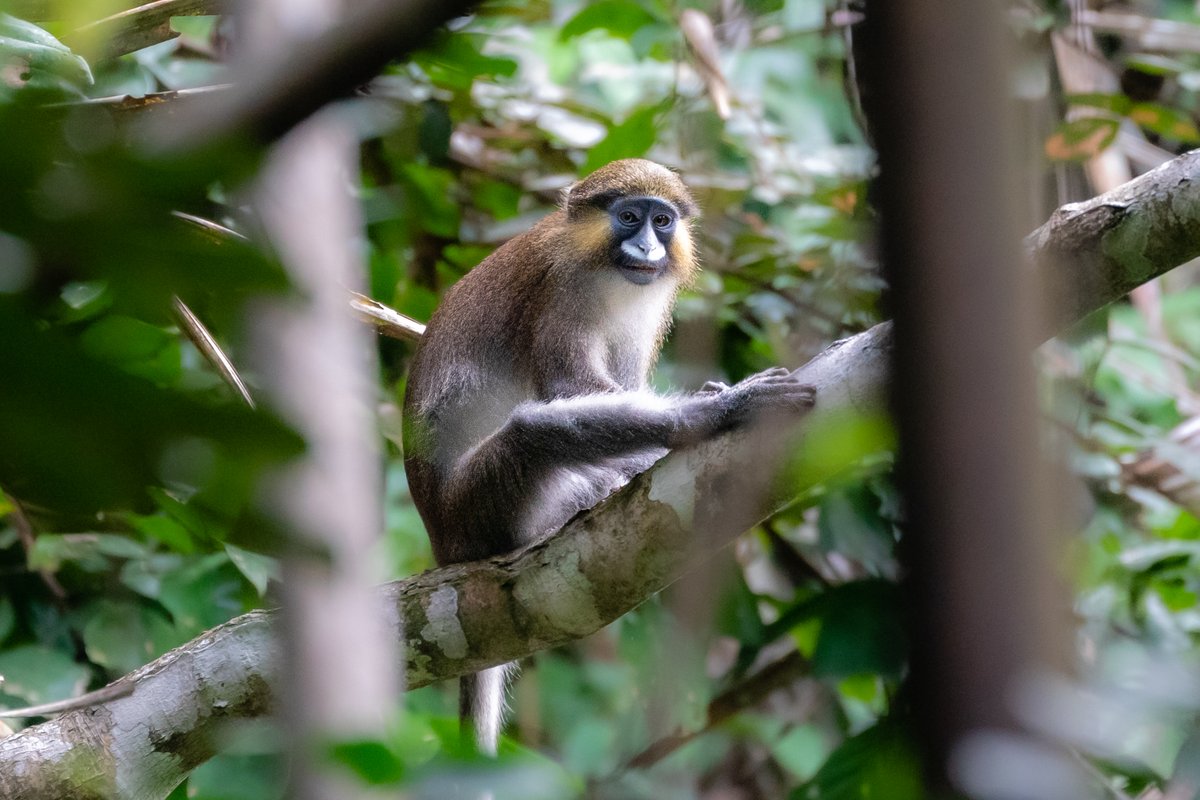
Low-latency field and laboratory analyses of primate feeding competition in a remote Central African tropical forest
When Edward McLester is conducting his research, getting to the “office” usually involves some combination of a six to eight-hour hike, a short charter flight, or even a canoe trip. To be precise, he works in the remote tropical forests of Central Africa. But even there, too, the research data generated should be collected and secured and ideally evaluated promptly. Postdoctoral researcher Edward McLester is therefore especially interested to see “how far we can push current technology to help with our data collection workflow,” he says. “Researching these kinds of technologies, taking them out to a very isolated site, and then successfully implementing them to get the data ‘flowing’ back to the office where they can be analyzed, is very rewarding.”
In 2022, he and his project collaborator, Kathrine Stewart, received a CASCB Small Grant for the project Low-latency field and laboratory analyses of primate feeding competition in a remote Central African tropical forest.
“Among primates, few studies have investigated how interspecific feeding competition influences collective behaviour,” Edward McLester explains. Analyzing movement and feeding data concurrently at remote field sites without internet or cellular signals is also limited. “We are collecting fine-scale movement and nutritional data to investigate feeding competition between apes and monkeys across the Congo Basin. We are also reducing latency between data collection and analyses by using satellite data connections to upload data directly from the field to a cloud server for dissemination.” Specifically, he and his field teams are using GPS devices to record primate movements and feeding trees.
Edward McLester reports that they upload tracks and tree locations daily to their cloud server, from which collaborators in the laboratory can analyze the energy and macronutrient content of fruit from conspecific samples already housed at the MPI-AB. They will then model primate movements against monkey-ape dietary overlap and feeding tree proximity and nutritional content.
The teams recently completed a two-month pilot at the Bouamir study site in the Dja Faunal Reserve in Cameroon. This pilot allowed them to trial their smartphone data collection protocol in conjunction with a fixed satellite internet connection that was already in place at the research camp. “We considered the pilot a success – both the smartphone app and protocol we developed worked well, and the server we have built on the Max Planck cloud service was fully usable,” he says. “We are now in a much better position to know what to expect when we set up an improved protocol for our full-length data collection at the end of 2022 and beginning of 2023.”
-
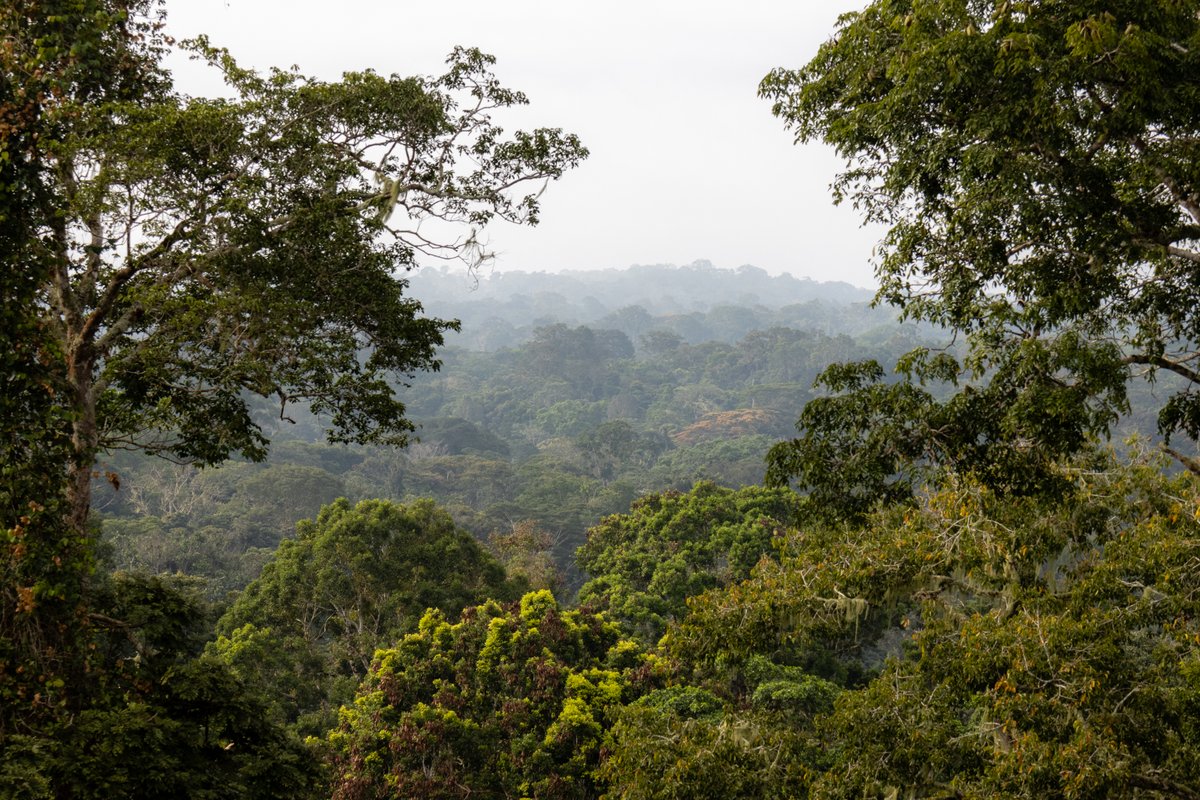
Landscape at Bouamir, Cameroon; the location of our recently-completed pilot study for this project. Copyright: Edward McLester -
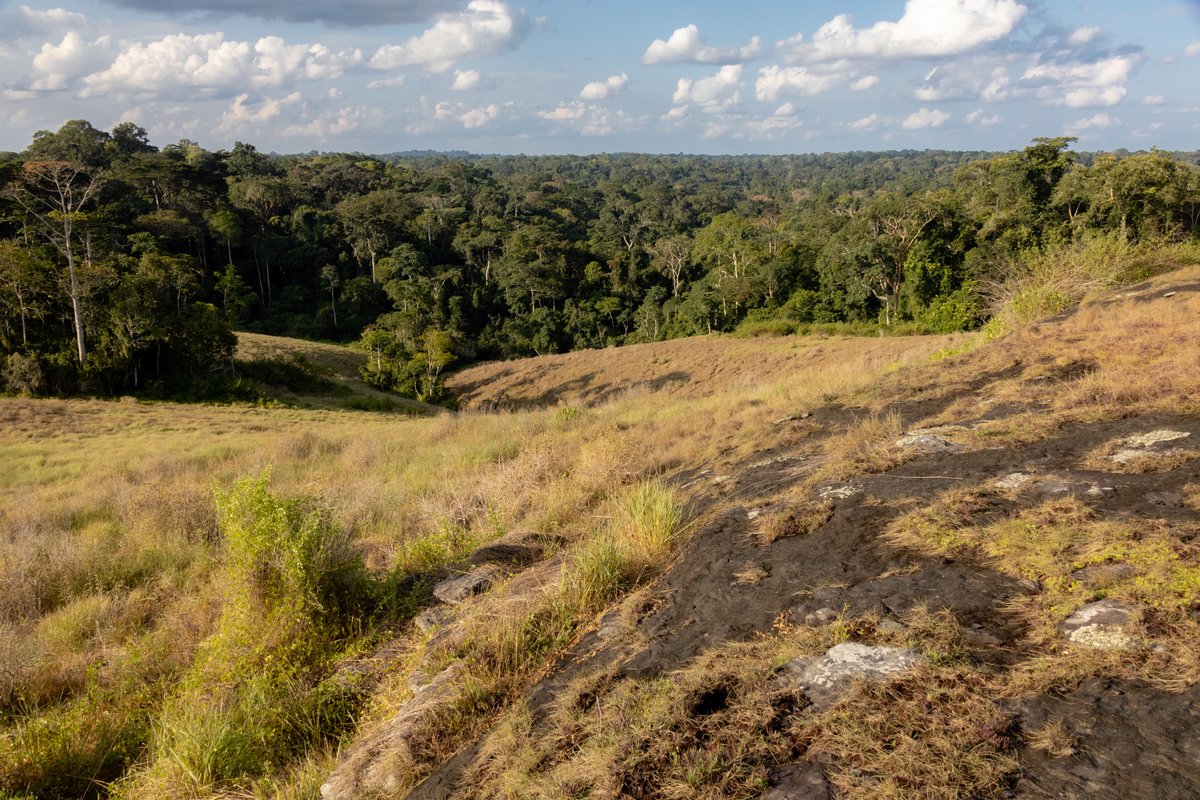
Landscape at Bouamir, Cameroon; the location of our recently-completed pilot study for this project. Copyright: Edward McLester -
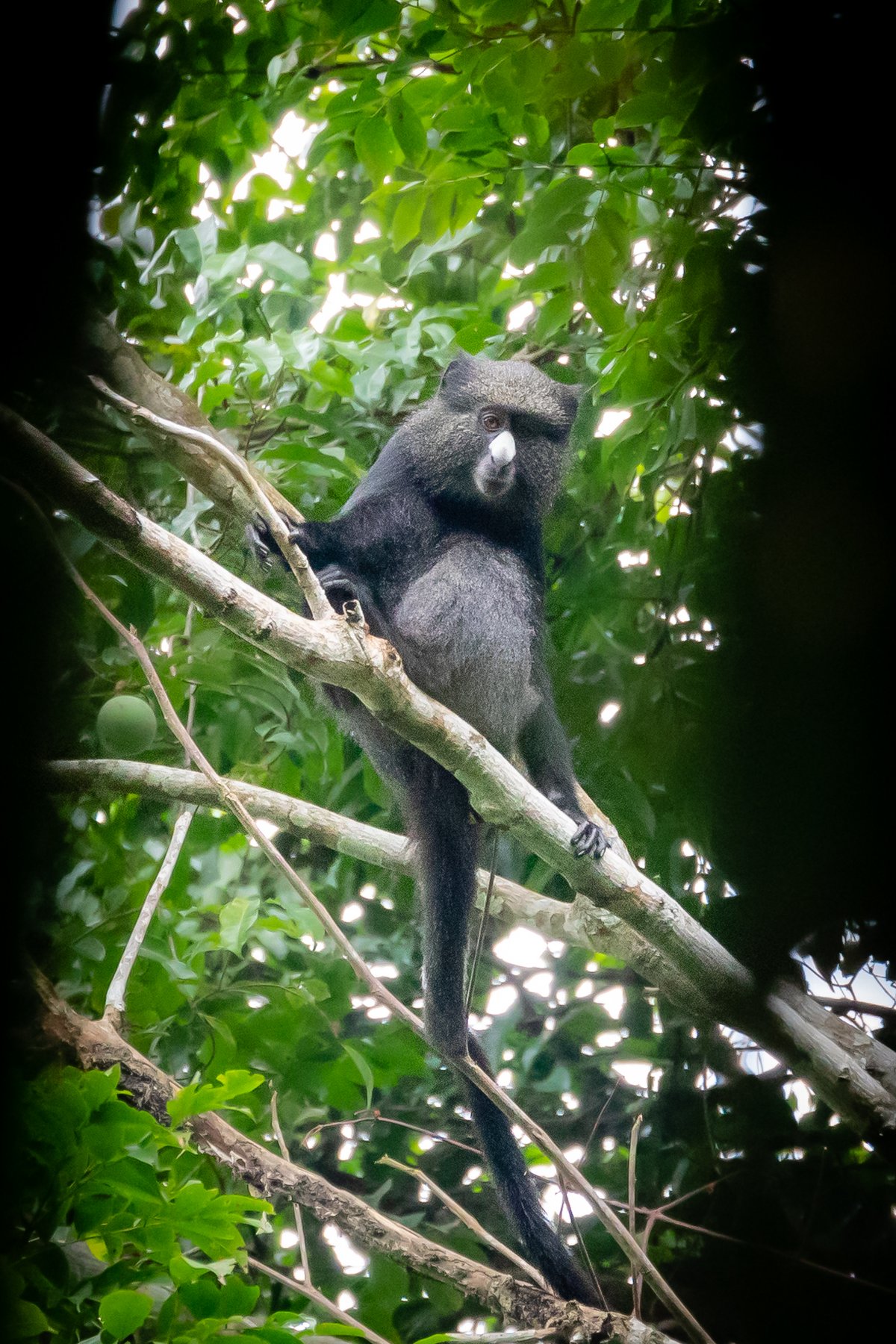
Primate species studied: putty-nosed monkey. Copyright: Edward McLester -
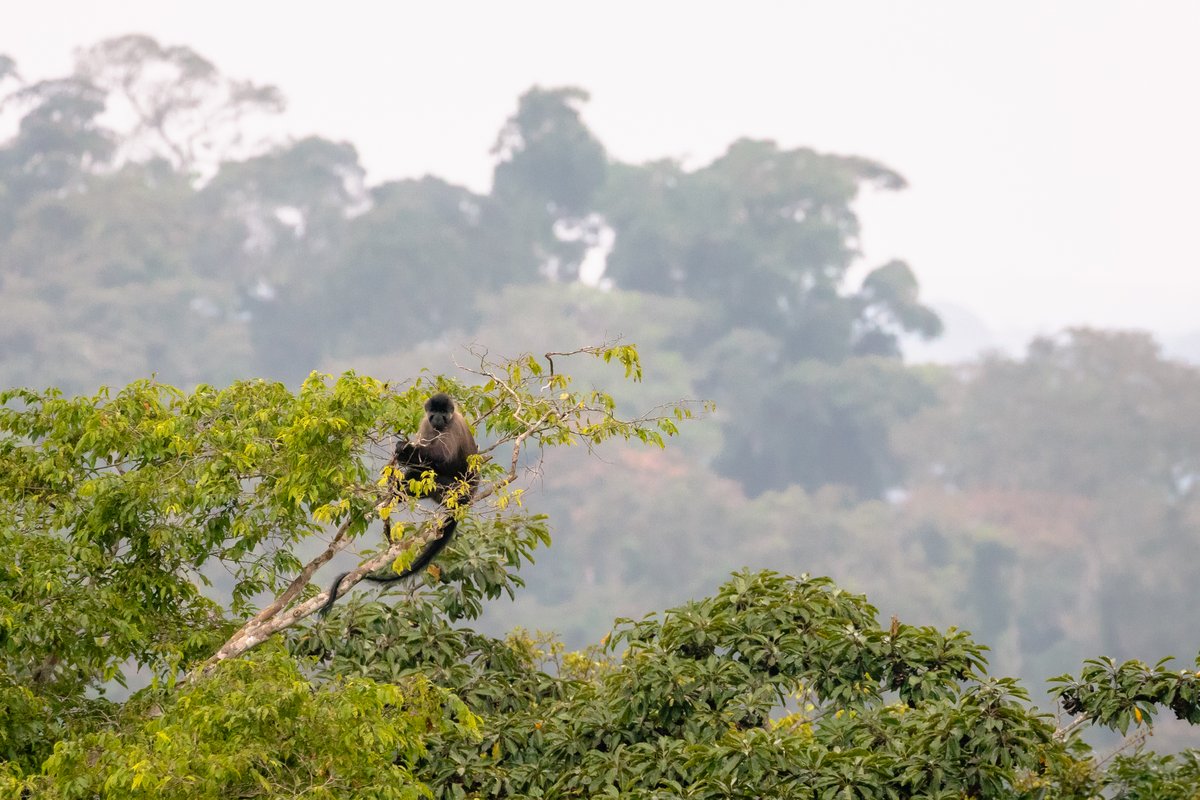
Primate species studied: grey-cheeked mangabey. Copyright: Edward McLester -
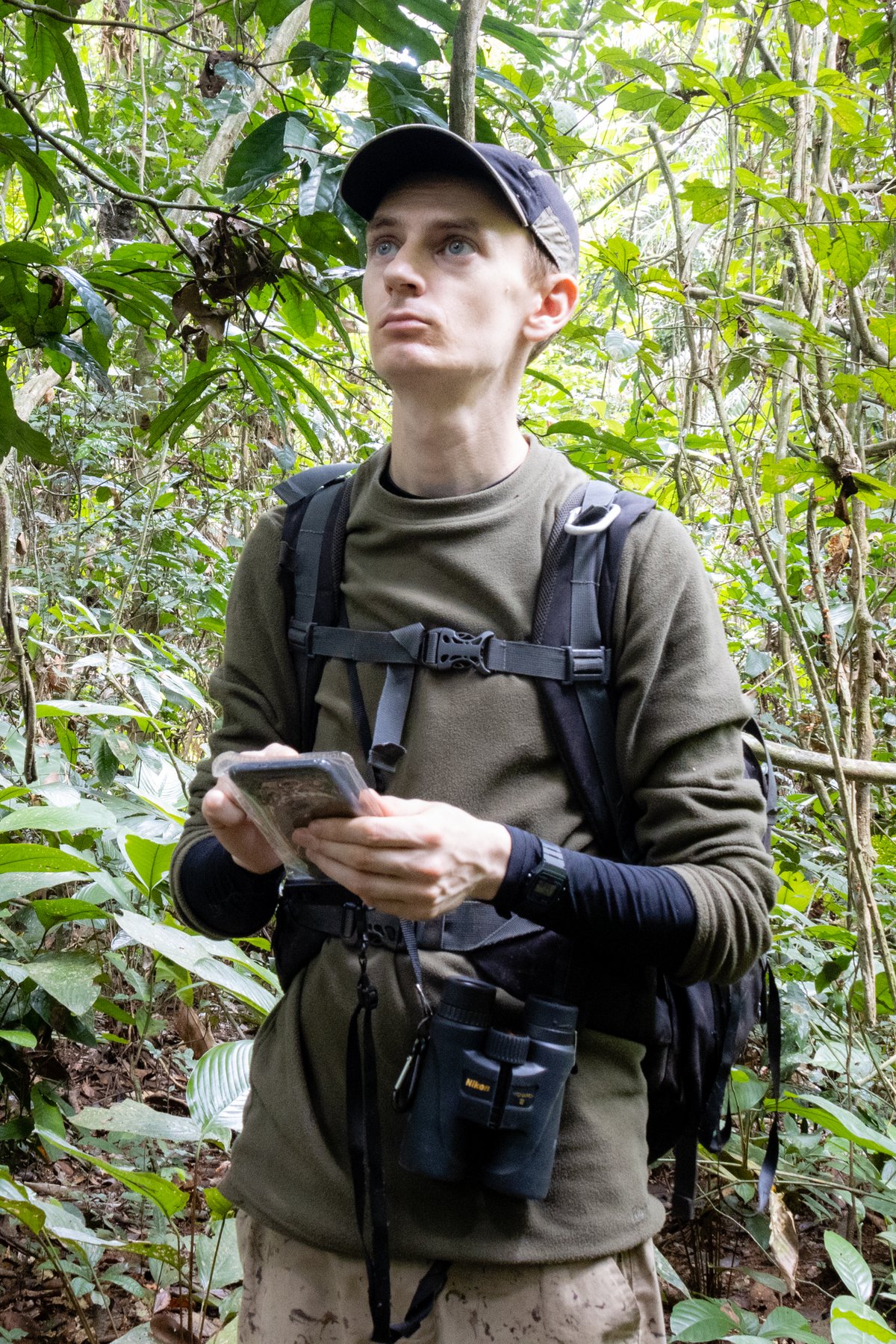
Observing primates and collecting data in the forest. Copyright: Edward McLester -
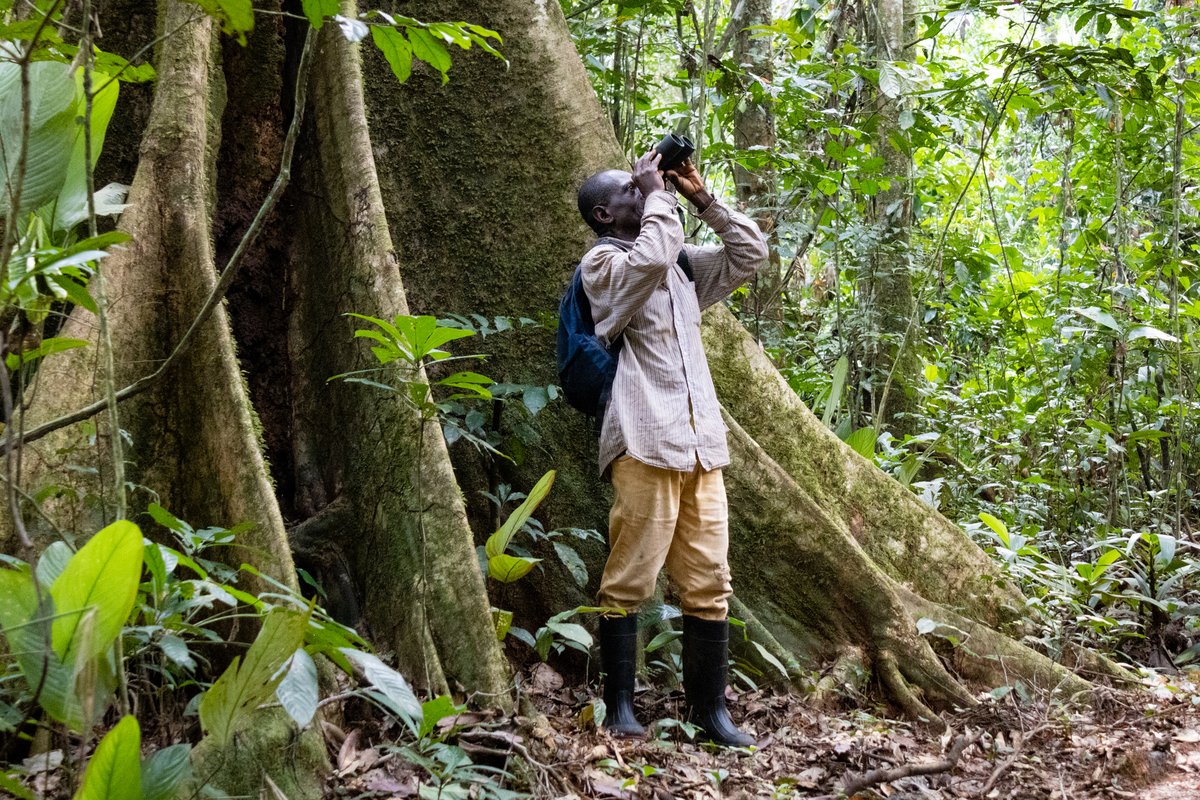
Observing primates and collecting data in the forest. Copyright: Edward McLester -
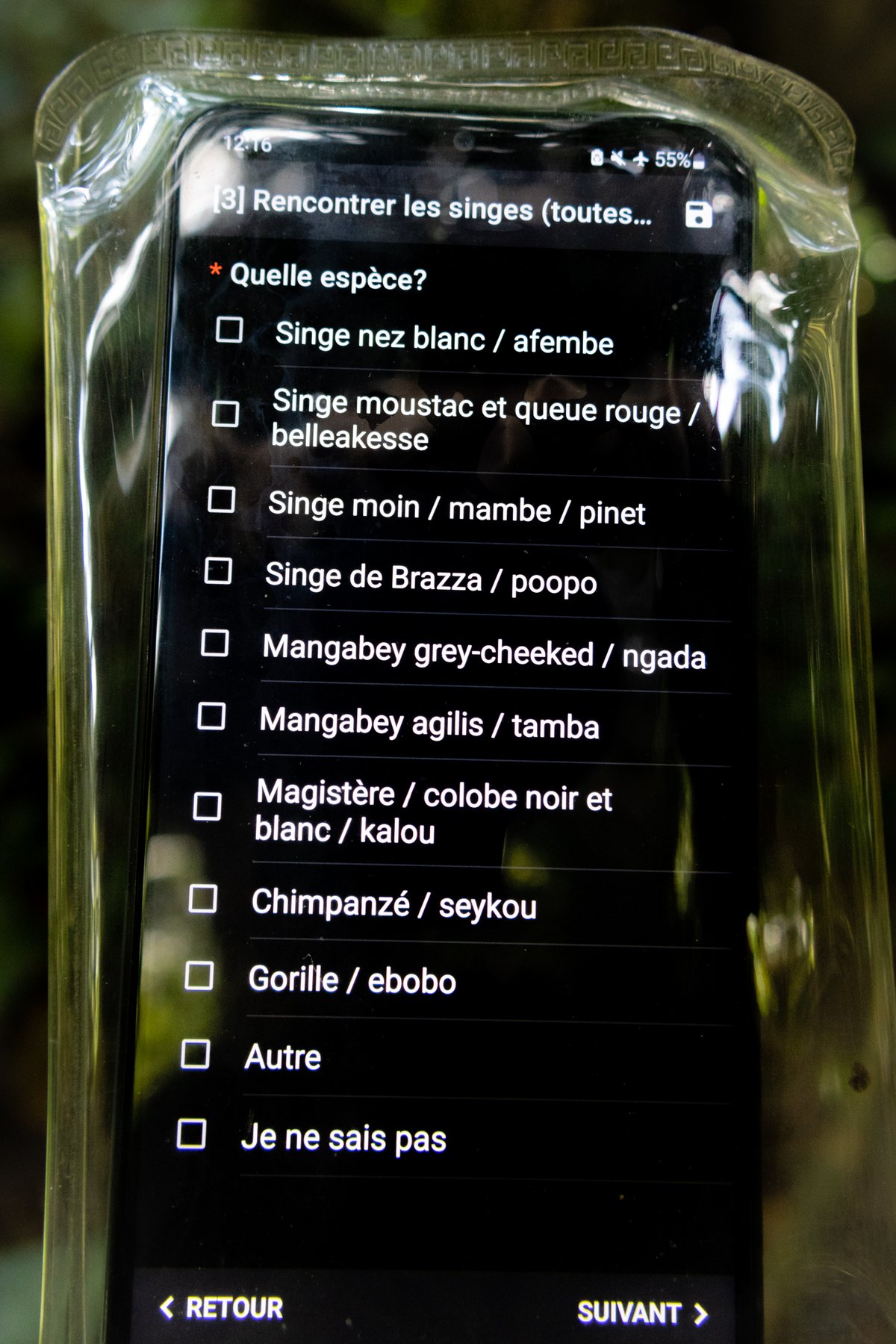
The smartphone app we used to train local staff on to collect data, showing an example questionnaire (here: “Which species did you observe?”) Copyright: Edward McLester -
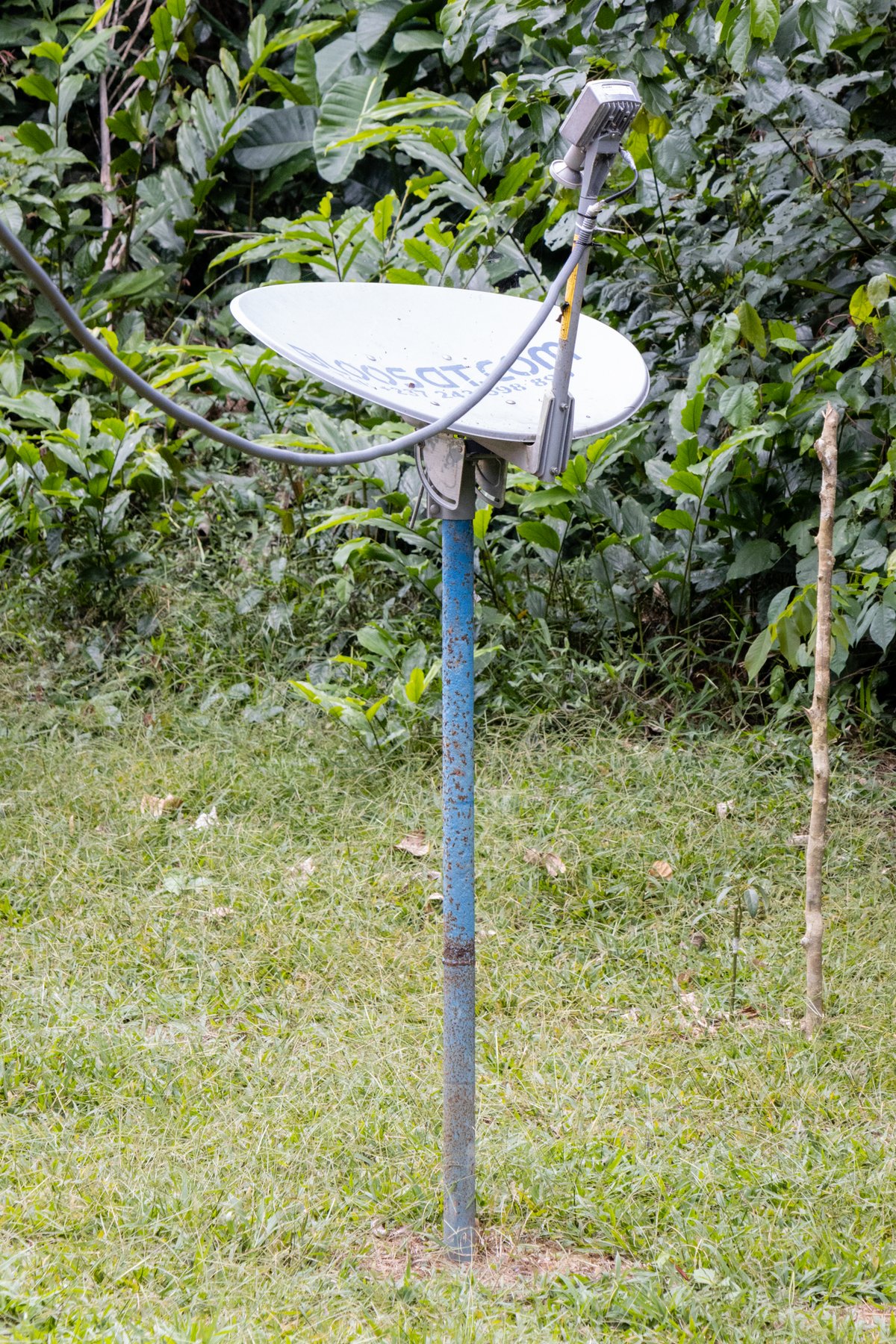
The fixed satellite internet connection the team used to upload data to the cloud directly from the smartphones, Copyright: Edward McLester -
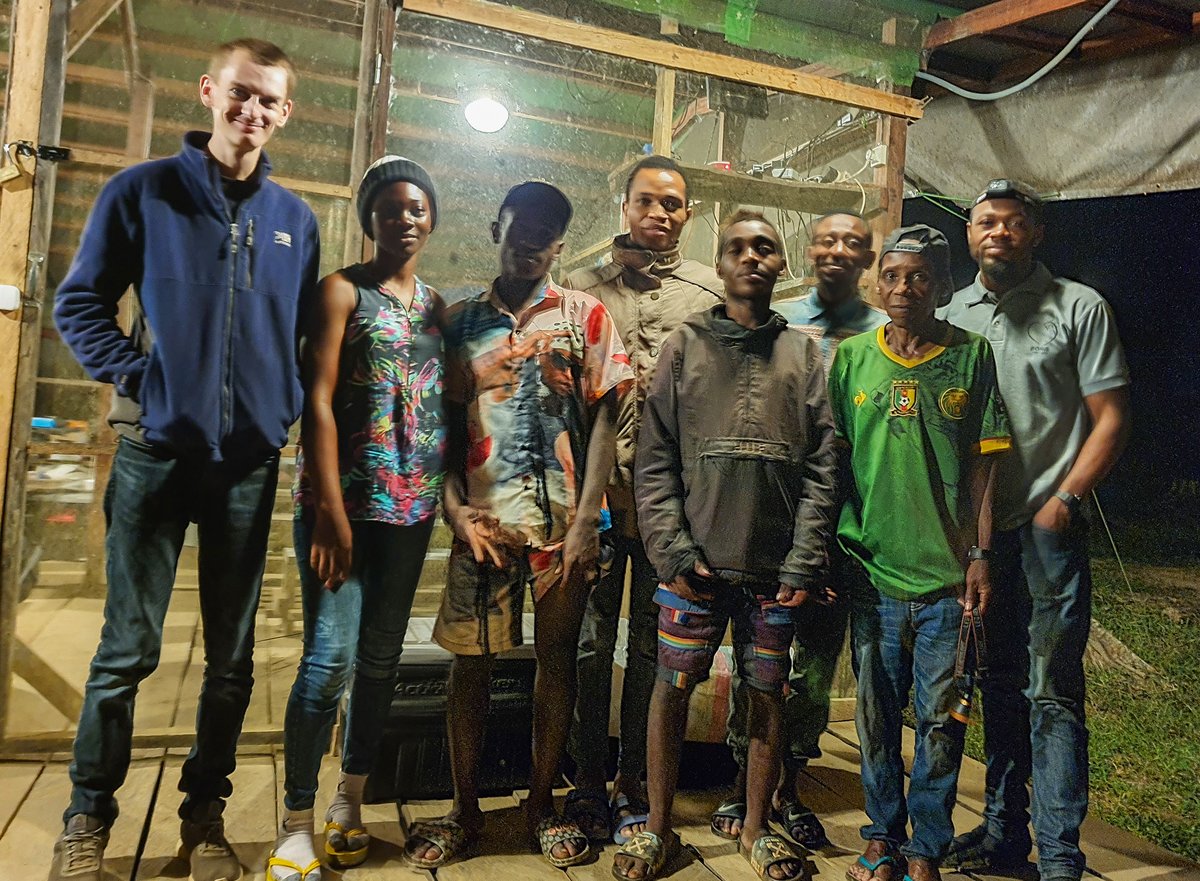
Team photo. Copyright: Edward McLester This project highlights the importance of involving local collaborators and researchers in wildlife behavioural research. We were only able to collect the data from our pilot thanks to the tireless work of Cameroonian graduate students Forgu Gabriel and Michael Offono and Baka community members Linda, Brice, David, Rémi and Élit; the knowledge and experience of whom was paramount to finding monkey groups and recording fruit tree species. Local community members are always the most important stakeholders in this kind of behavioural and conservation research, and we placed a firm emphasis on having local researchers lead and manage data collection.
